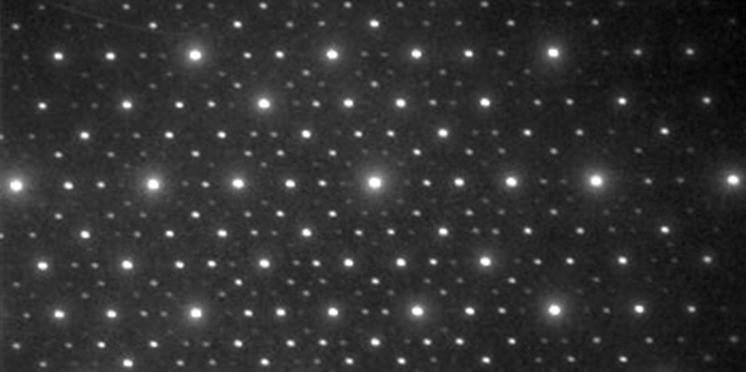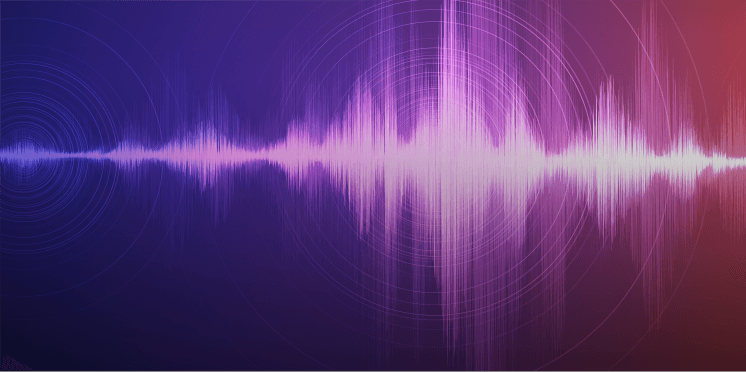電子線バイプリズム
電子線バイプリズム
electron biprism
[目次:レンズ系]
電子線ホログラフィーの第1段階で電子線ホログラムを得るために用いられる電子波の干渉計。細い糸状の電極を中心に(電子線と垂直に)置き、その両側に(電子線と平行に)配置した平行平板状の接地電極からなり、透過電子顕微鏡の対物レンズの下に置かれる。糸状の電極には正の電圧を印加し、その一方の側を物体を透過した散乱波(物体波)が通るようにし、他方の側を光源から直接やってくる波(参照波)が通るように設置する。二つの波は正電極に引き寄せるように偏向させられ重なることによって干渉縞を形成する。この干渉縞の中に物体による振幅と位相変化の情報が含まれている。
An "electron biprism" is an electron-wave interferometer to obtain an electron hologram in the first step of electron holography. The electron biprism consists of a fine string electrode placed at the center of the incident electron beam (perpendicular to the electron beam) and parallel-plate ground electrodes placed at the both sides of the string electrode (parallel to the electron beam). The biprism is located below the objective lens in a TEM. A positive voltage is applied to the string electrode, so that the scattered wave transmitted through the object (object wave) passes through one side of the electrode whereas the wave directly coming from the electron source passes through the other side of the electrode. These two waves are attracted each other by the positive potential, and are superposed to form interference fringes (hologram). The interference fringes contain information on the change of the amplitude and phase of the object wave.
関連用語から探す
説明に「電子線バイプリズム」が含まれている用語






